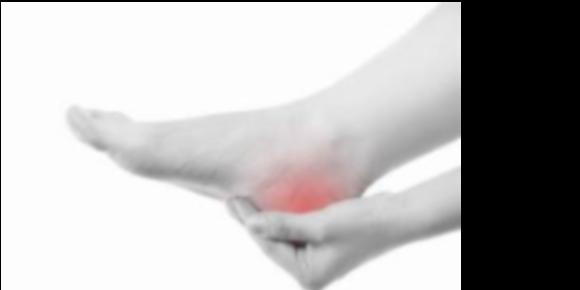Exploring Extracorporeal Shockwave Therapy: A Promising Approach for Treating Plantar Fasciitis
posted: Feb. 08, 2024.

Plantar fasciitis, a common cause of heel pain, affects millions worldwide, impacting daily activities and quality of life. While various treatment modalities exist, extracorporeal shockwave therapy (ESWT) emerges as a promising non-invasive solution. ESWT targets the root cause of plantar fasciitis, offering relief and promoting healing without the need for surgery or prolonged medication. Let's delve into the intricacies of this innovative therapy and how it can effectively alleviate plantar fasciitis symptoms.
Understanding Plantar Fasciitis
Before exploring ESWT, understanding the condition it treats is crucial. Plantar fasciitis involves inflammation of the thick band of tissue (plantar fascia) connecting the heel to the toes. This inflammation often results from overuse, improper footwear, or biomechanical factors, leading to sharp pain and stiffness, particularly in the morning or after long periods of rest.
The Mechanism of ESWT
ESWT operates on the principle of delivering high-energy shockwaves to the affected area, triggering a cascade of biological responses that facilitate tissue repair and pain reduction. These shockwaves penetrate deep into the tissues, breaking down scar tissue, stimulating blood flow, and promoting the release of healing factors.
The Efficacy of ESWT
Numerous studies have demonstrated the efficacy of ESWT in managing plantar fasciitis. Research indicates that ESWT significantly reduces pain, improves function, and enhances overall patient satisfaction compared to traditional treatments. Furthermore, its non-invasive nature and minimal side effects make it an attractive option for individuals seeking alternatives to surgery or prolonged medication use.
The Treatment Process
During an ESWT session, patients typically lie comfortably as a healthcare provider applies a gel to the affected area to enhance shockwave transmission. The ESWT device delivers controlled shockwaves to specific points along the plantar fascia, with the entire procedure lasting approximately 15 to 30 minutes. While some patients may experience mild discomfort during the treatment, anesthesia is usually unnecessary.
Post-Treatment Care
Following ESWT, patients are advised to rest and avoid strenuous activities for a few days to allow the treated area to heal. Additionally, stretching exercises, orthotic devices, and supportive footwear may complement ESWT, aiding in long-term recovery and preventing recurrence of symptoms.
Considerations
The number of ESWT sessions required varies depending on the severity of symptoms and individual response to therapy.
Conclusion
Extracorporeal shockwave therapy represents a valuable addition to the armamentarium of treatments for plantar fasciitis. Its ability to address the underlying pathology, reduce pain, and improve function makes it a preferred option for many patients. As with any medical intervention, collaboration between patients and healthcare providers is essential to ensure optimal outcomes and long-term relief from plantar fasciitis symptoms. Through further research and clinical advancements, ESWT continues to pave the way for enhanced management of this common and debilitating condition.
In summary, ESWT offers a safe, effective, and non-invasive approach to treating plantar fasciitis, empowering individuals to regain mobility, alleviate pain, and reclaim their quality of life.
To find out if you are a candidate for Extracorporeal shockwave therapy contact Toronto podiatrist Sheldon Nadal at 416-486-9917.